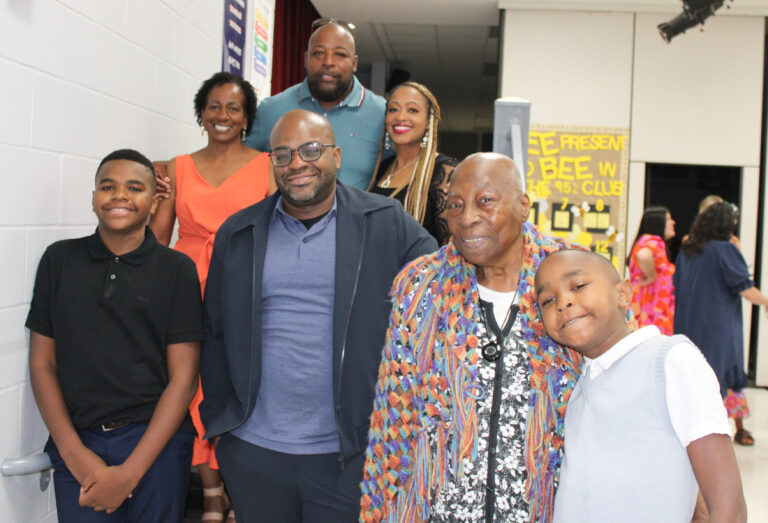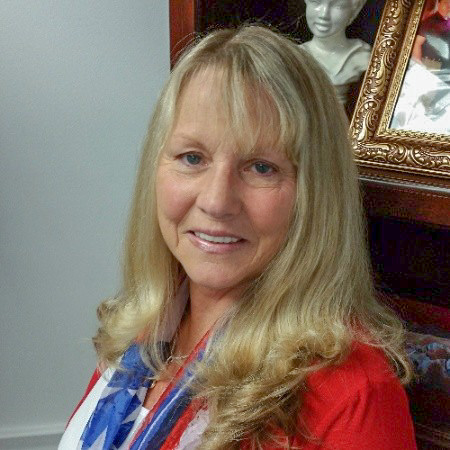Legacy Post Disclaimer
This is a #Legacy post imported from The Apalachicola Time’s previous platform. If you’re experiencing issues with this article, please email us at news@nevespublishing.com.
Oyster study committee to weigh limited entry
Three years after an $8 million grant from Triumph Gulf Coast Inc. went towards finding a solution to the oyster decline in Apalachicola Bay, Florida State University’s research is beginning to bear fruit.
And while it’s too soon to say what will be recommended as a best way to reopen the bay to oyster harvesting, some suggestions are beginning to take shape.
In a presentation to Apalachicola city commissioners May 4, Dr. Sandra Brooke, the principal investigator of FSU’s Apalachicola Bay System Initiative, said the community advisory board – a group of about two dozen representatives of local business, government and non-profit organizations – has asked for more details on what might constitute “limited entry” if and when the Florida Fish and Wildlife Conservation Commission decides to reopen the bay to commercial harvest.
“Nothing has been decided,” she said, as she outlined a computerized model developed by Ed Camp, a University of Florida professor of aquatic sciences.
“FSU has no management authority. All we can do is evaluate different options and provide recommendations. It’s not us making these decisions, it’s FWC,” Brooke said. “Addressing limited entry, this is one of the potential strategies.”
While the specifics of what might constitute limited entry are far from being hashed out, she said Camp’s computer modeling could be used as a basis.
“It has these ‘knobs’ you can twiddle to come up with different scenarios, of how many oysters there are in the bay, how many fishermen, how much money is being made,” Brooke said. “All of these different pieces of the model can be adjusted however we choose to give us an output.”
Another feature the community advisory board has shown an interest in is tweaking the criteria used to manage the bay.
“It would be active management using minimum density thresholds, so rather than waiting for FWC, there would be a more dynamic and active and quick response,” she said.
She said the modeling output could calculate the number of fish, and the maximum number of fishers. “How many fishermen can that support to actually make a living?” she said. “How many oystermen can we support under these different scenarios?”
Brooke outlined the work of the ABSI over the past three years, noting the work was slowed by the COVID-19 pandemic. “We had our first (in-person) advisory board meeting on March 30,” she said. “Everybody is tired of Zoom.”
She said the research has proceeded in a collaboration between researchers and oystermen, who have assisted with the creation of test sites using either shell, large limestone or smaller pieces of limestone.
Brooke said the test areas formed using large limestone “create complexities (that) gives oysters places to hide from predators.
“What we first saw (in 2020) is low levels of oysters in certain places of the bay. The bay was really diminished,” she said. “The only place we saw was recently shelled or cultched.
“We did the same thing in 2021, and what we saw in the western part of the bay the situation was worse. The eastern part of the bay was doing fairly well, not brilliantly. We are seeing them and that’s encouraging,” Brooke said.
She said the most recent look at the sites, on the northern part of Dry Bar and in Peanut Ridge, is that “ the big limestone and shells are growing oysters. They are doing OK. Dry Bar is not so great, we’re seeing a lot of dead ones.”
Brooke noted that recent mortalities at the aquaculture leases, believed to be due to “freshwater dumps” coming down the river, may point to the problem affecting the health of the wild oysters.
She said that ABSI is moving forward with further refinement of its research, by fortifying the substrate rather than just laying down “a thin layer of material over a large area.
“That doesn’t get the reefs up above the bottom where the oysters like to be,” Brooke said. “ Now our reefs are so diminished we basically have shell hash.”
Reef balls and layer cakes of concrete will be used to fortify the substrate, although she noted that permitting by the Army Corps of Engineers for this experimentation remains up in the air.
She said scientists are also addressing the issue of spat limitation in the wild, and simulating a model used in Chesapeake Bay to use hatchery spat. “We learned a hard lesson, that Apalachicola Bay currents are a nightmare and some bags got blown,” Brooke said. “We’re going to do that again and we’re going to nail those suckers down.”
“We’re going to take the most successful of the treatments and expand it, and repeat the spat-on-shell experiments,” she said.
With a $20 million grant soon to flow into FWC, with $17 million of that for restoration, “we’re working with them on an optimal approach. We’re hoping to be able to do a large-scale restoration later this year or early next year,” Brooke said.
Wayne Williams, head of a newly-formed group Oystermen on the Bay, appeared at Tuesday morning’s county commission meeting, and invited the community to join the group, which now numbers over 400 members.
“Everybody wants the bay open just as soon as they can and there’s a lot more to this management plan,” he said.
Williams took out FWC’s Devin Resko, a key oyster industry regulator, and colleague Matt Davis, County Commissioner Ricky Jones, and seafood workers Paul Sanders, Cheryl Carr and Brett Lolley on a trip last week to Platform and Money’s Elbow, to get a first-hand look at how oysters are rebounding in areas that had been rebuilt with the Kentucky limestone.
The visit confirmed Brooke’s observation, that these areas had seen some growth.
Jones said he is keeping an open mind on limited entry, but would want to know all the details – such as whether it would apply statewide or just to the bay – before he would voice an opinion.
He did signal tentative support for a summer closure if and when the bay reopens.
“Definitely that’s something we did years ago,” he said, while acknowledging that that was at a time when commercial seafood workers had different fishing options throughout the year.
“They did all of it, they did it at different points of the year,” Jones said. “At the end of the day, FWC makes the decisions.”



Meet the Editor
David Adlerstein, The Apalachicola Times’ digital editor, started with the news outlet in January 2002 as a reporter.
Prior to then, David Adlerstein began as a newspaperman with a small Boston weekly, after graduating magna cum laude from Brandeis University in Waltham, Massachusetts. He later edited the weekly Bellville Times, and as business reporter for the daily Marion Star, both not far from his hometown of Columbus, Ohio.
In 1995, he moved to South Florida, and worked as a business reporter and editor of Medical Business newspaper. In Jan. 2002, he began with the Apalachicola Times, first as reporter and later as editor, and in Oct. 2020, also began editing the Port St. Joe Star.